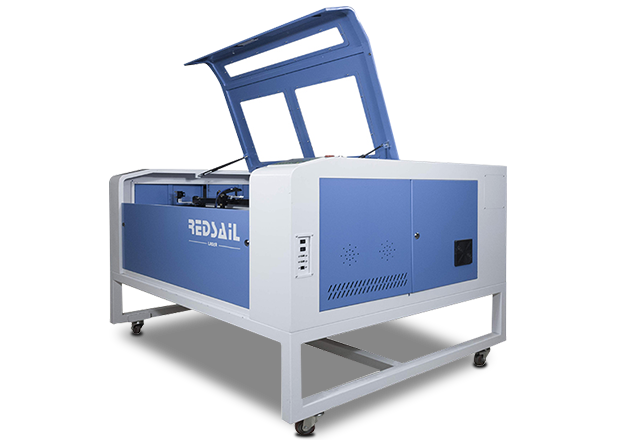Is Laser Cutter Wood? Unveiling the Truth behind Woodworking Techniques
Woodworking has evolved significantly over the years, with the introduction of various advanced tools and techniques. One such innovative tool is the laser cutter, which has gained popularity in the woodworking industry due to its precision and versatility. In this article, we will explore whether the laser cutter can be considered as a woodworker’s companion or not.
What is a Laser Cutter?
A laser cutter, also known as a laser engraver, is a high-powered tool that uses a laser beam to cut or engrave materials with extreme precision. It has a range of applications across different industries, including woodworking. The laser cutter can work on various materials such as wood, acrylic, plastic, leather, and even metal, depending on its power.
Can Laser Cutter Be Used on Wood?
Yes, definitely! Laser cutters are widely used in woodworking to cut, engrave, and create intricate designs on wood. The laser beam emitted by the cutter vaporizes the wood on its path, creating precise and clean cuts. It allows woodworkers to achieve intricate details and add unique patterns to their creations, surpassing the limitations of traditional woodworking tools.
Advantages of Using Laser Cutters on Wood
There are several advantages of using laser cutters on wood, which contribute to their growing popularity in the woodworking industry:
- Precision: Laser cutters offer exceptional precision, enabling woodworkers to create intricate designs with ease.
- Speed: Laser cutters work at a faster speed than traditional tools, reducing production time significantly.
- Versatility: Laser cutters can create a wide range of cuts and engravings, allowing for creative freedom and experimentation.
- Complex Designs: Laser cutters can achieve complex designs that may be difficult to replicate manually.
- Efficiency: Laser cutters are highly efficient, minimizing material waste during the cutting process.
- Repeatability: Once a design is programmed, laser cutters can reproduce it with precision, ensuring consistent results when creating multiple pieces.
Limitations of Laser Cutters on Wood
While laser cutters offer numerous benefits, it is important to consider their limitations when working with wood:
- Material Thickness: Laser cutters are more suitable for thinner wood sheets, and cutting thicker pieces may require multiple passes.
- Burn Marks: Cutting wood with a laser can leave burn marks on the edges, which may require additional finishing.
- Mechanical Strength: Laser-cut wood may have reduced mechanical strength compared to traditional woodworking techniques.
FAQs
Q: Are laser-cut wooden items as durable as traditionally crafted ones?
A: The durability of laser-cut wooden items depends on various factors such as the type of wood used, the design complexity, and the overall craftsmanship. While laser-cutting offers precision, the absence of handcrafted techniques can sometimes affect the overall durability of the item.
Q: Are laser-cut wood objects safe for use?
A: Laser cutters are generally safe for use on wood as they produce minimal dust and noise compared to traditional woodworking tools. However, it is essential to take necessary precautions, such as wearing protective goggles and ensuring proper ventilation.
Q: Can laser cutting be used for all types of wood?
A: Laser cutting can be used on various types of wood, but certain woods may produce better results than others. Hardwoods like oak, maple, and cherry are generally more suitable for laser cutting due to their density and durability.
Q: Can a laser cutter replace traditional woodworking tools entirely?
A: While laser cutters provide exceptional precision and versatility, they cannot entirely replace traditional woodworking tools. Handcrafted techniques, such as carving and joinery, still hold their significance in woodworking and contribute to the overall quality and aesthetics of a finished piece.
In conclusion, laser cutters have undoubtedly revolutionized the woodworking industry. They offer unmatched precision, speed, and creative potential, making them an invaluable tool for woodworkers. However, it is important to consider their limitations and understand that traditional woodworking techniques still play a vital role in crafting durable and intricate pieces.





